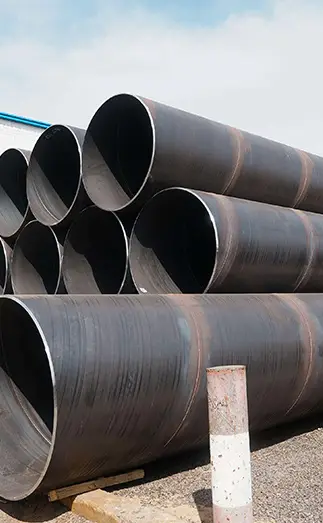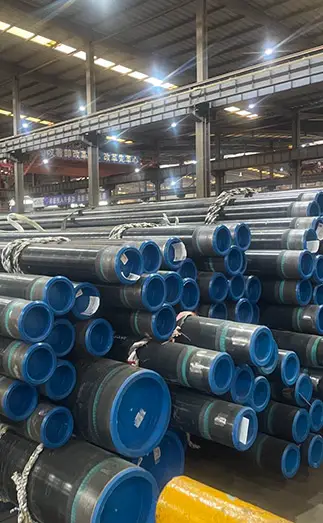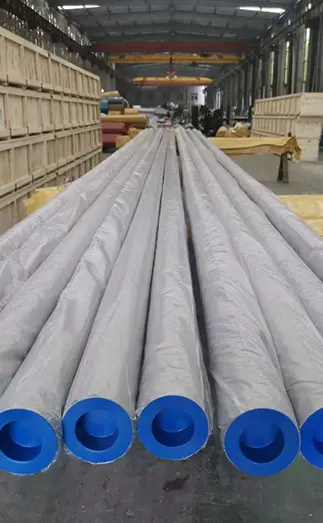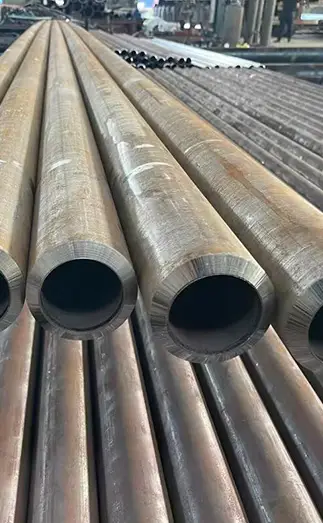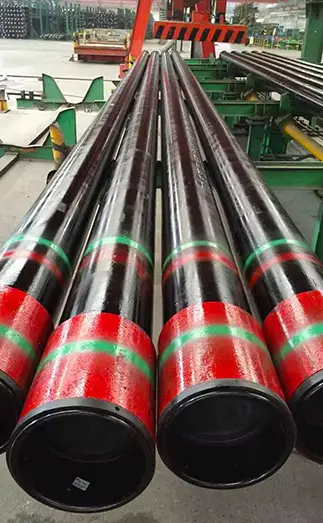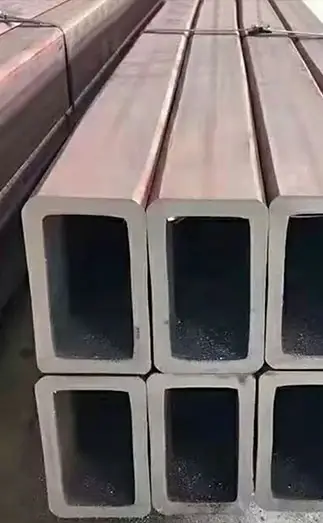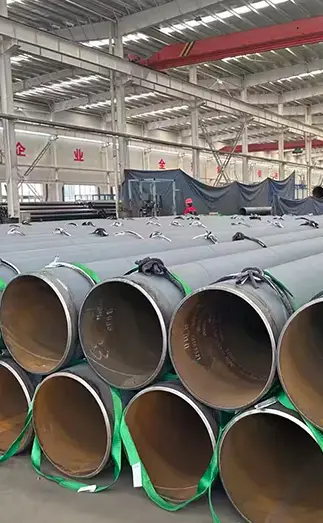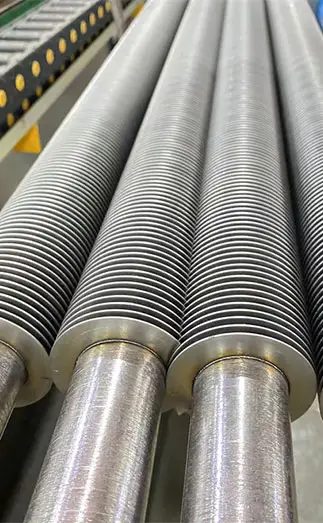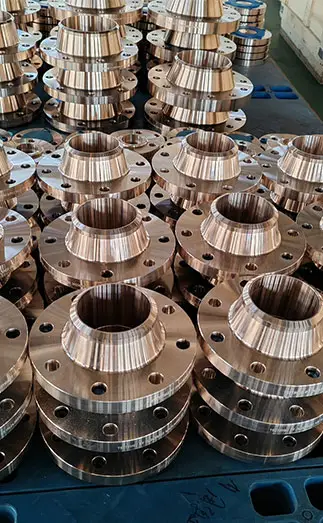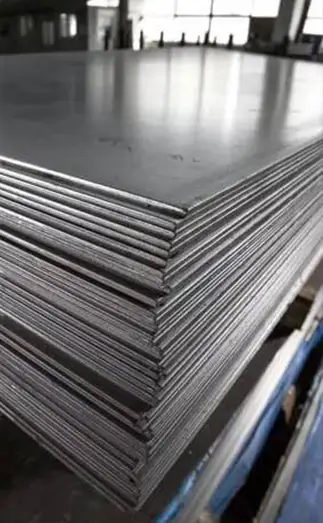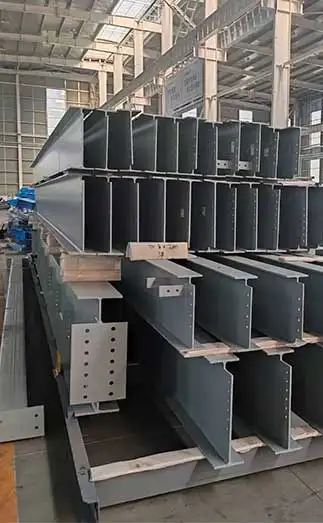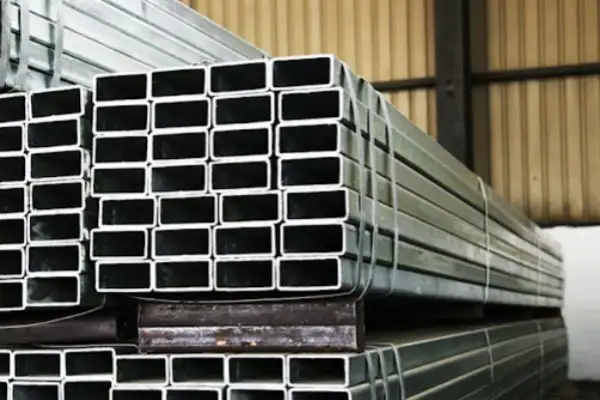Steel pipes are generally categorized into two types based on their manufacturing processes: seamless steel pipes and welded steel pipes. Among welded types, ERW (Electric Resistance Welded) steel pipes are the most prevalent. This article focuses on two steel pipe types commonly used as raw materials for oil casing: seamless casing pipes and ERW casing pipes.
Super Steel Manufacturing Co.,Ltd is professional seamless casing pipe manufacturer, for more details, please contact:sales@super-steels.com
Seamless Casing Pipe
Seamless casing pipe refers to casing manufactured from seamless steel pipes, which are produced through one of four processes: hot rolling, cold rolling, hot drawing, or cold drawing. These pipes are characterized by the absence of weld seams in the pipe body.
ERW Casing Pipe
ERW casing pipe is made from electric resistance welded (ERW) steel pipes, which are fabricated by high-frequency resistance welding of steel coils. The raw material used is typically a low-carbon micro-alloyed steel coil processed through TMCP (Thermo-Mechanical Control Process).
Key Differences Between Seamless and ERW Casing Pipes
1. Outer Diameter Tolerance
Seamless Casing Pipe: Formed through hot rolling at approximately 800°C. Factors like steel composition, cooling conditions, and roll states significantly affect the outer diameter, making precise control difficult and causing large fluctuations.
ERW Casing Pipe: Produced by cold bending with a controlled 0.6% diameter reduction. The process occurs at room temperature, allowing for tight control over outer diameter with minimal variation.
2. Wall Thickness Tolerance
Seamless Casing Pipe: Created by perforating round billets, resulting in larger wall thickness deviations. Even with subsequent hot rolling, deviation can only be reduced to around ±5–10% of the wall thickness.
ERW Casing Pipe: Uses hot-rolled coils with advanced thickness control, typically maintaining a tolerance within ±0.05 mm.
3. Surface Quality
Seamless Casing Pipe: Surface defects from the billet cannot be fully eliminated by hot rolling and often require grinding post-production. Spiral marks from the perforation process may remain.
ERW Casing Pipe: The pipe inherits the surface quality of the steel coil, which is easier to control during hot rolling, resulting in a smoother and more uniform surface.
4. Ellipticity (Roundness)
Seamless Casing Pipe: Due to the thermal nature of the hot rolling process and variability in roll and material behavior, roundness control is challenging.
ERW Casing Pipe: Formed at room temperature through cold bending, resulting in better dimensional consistency and minimal ellipticity.
ERW Casing Pipe: Advantages and Disadvantages Compared to Seamless
Advantages
Cost-effective: Uses welded coil steel and high-efficiency manufacturing processes, reducing costs by approximately 20–30% compared to seamless pipes.
Flexible specifications: Easily adjustable diameter and wall thickness make it ideal for large-scale, standardized production.
Construction-friendly: Uniform weld seams and mature welding technology enhance installation efficiency, particularly suitable for municipal pipelines and structural applications.
High dimensional accuracy: Tight tolerances and uniform wall thickness simplify pipeline connection and sealing.
Disadvantages
Lower strength: The welded seam introduces stress concentration points, reducing overall strength and fatigue resistance compared to seamless pipes. Not ideal for high-pressure applications.
Limited application range: Not recommended for extreme environments like high-pressure, corrosive, or deep well conditions. Best suited for low to medium pressure use (e.g., shallow drilling, water/gas transport).
Process constraints: The coil width limits the production of large-diameter ERW pipes. Weld splicing may be needed, reducing reliability.
Inferior corrosion resistance: Welding heat can alter the structure at the seam, creating potential weak points for corrosion if not properly treated.



 English
English Español
Español Français
Français بالعربية
بالعربية